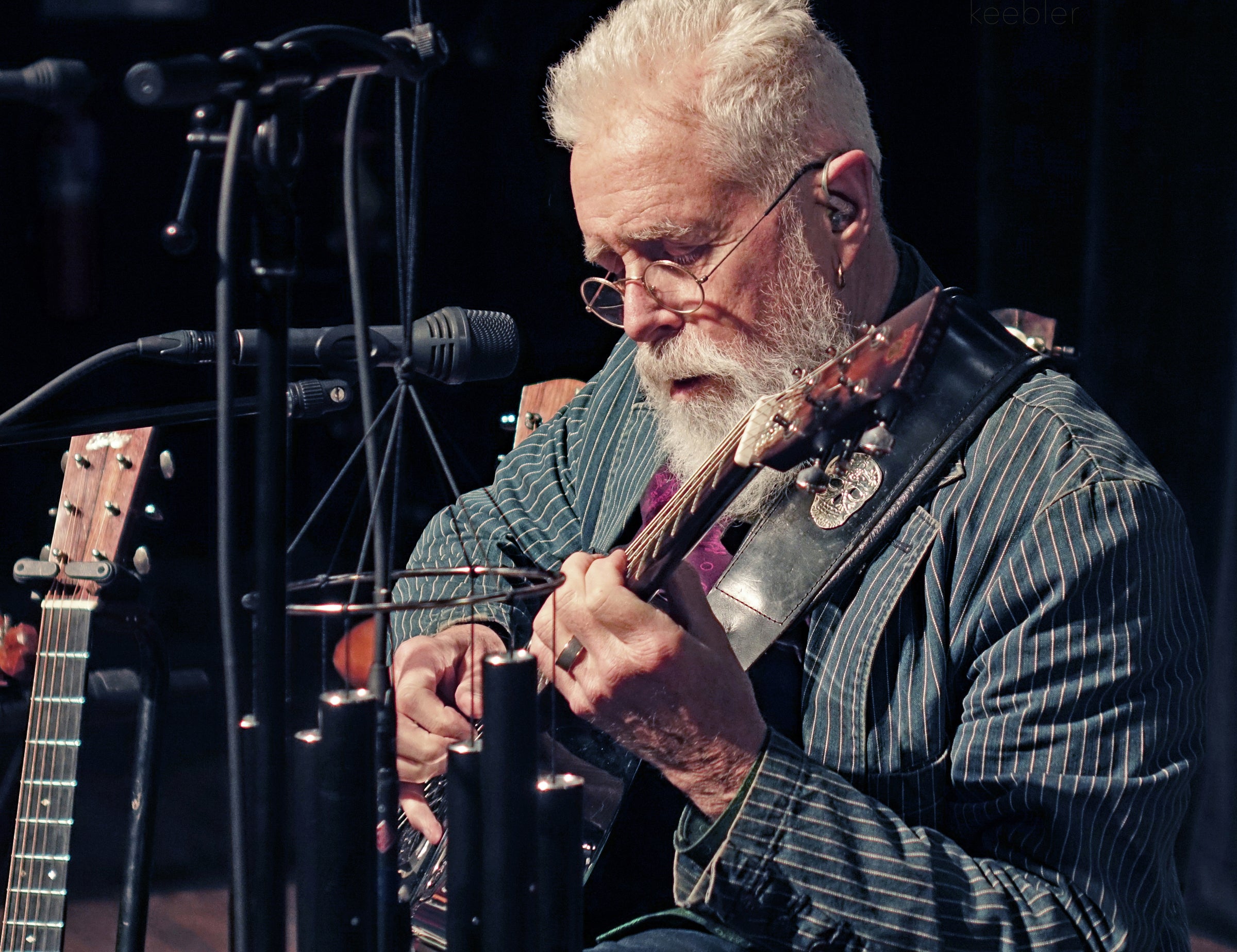Canada has produced several well-known musicians. Folks like Leonard Cohen, Gordon Lightfoot and Joni Mitchell are just a few of the singer-songwriters with a wide following outside of Canada.
There are, however, a few who fly just slightly under the radar and are less well-known.
One of them is Bruce Cockburn, a singer-songwriter and guitar virtuoso with over 25 albums dating from 1969 to the present.
News with a little more humanity
WPR’s “Wisconsin Today” newsletter keeps you connected to the state you love without feeling overwhelmed. No paywall. No agenda. No corporate filter.
Canadian author M.D. Dunn has written a book about Cockburn titled “You Get Bigger As You Go: Bruce Cockburn’s Influence and Evolution,” which is more like a guidebook for learning about Cockburn’s music than a biography. It’s a fascinating look into Cockburn’s process as a musician and songwriter.
WPR’s “BETA” talked with Dunn about what he wanted to accomplish with the writing of this book.
“I started this project of going back to listen to all of his music closely and just figure out what it meant to me,” Dunn said. “And once I realized I was writing a book, I hoped to write a beginner’s guide.”
Dunn teaches writing, research, poetry, and music history at Sault College of Applied Arts and Technology in Sault Ste Marie, Ontario. He has taught a music history course for around 12 years. Each year, he said, fewer students know of Cockburn’s music.
“So, I get the pleasure of introducing people in their 20s to this music they haven’t heard before. I would like it if Bruce’s music survives and is passed on to the next generations. A guidebook might help in that for that purpose,” Dunn said.
Dunn found Cockburn’s music at the age of 14 when he found a cassette version of the album “Joy Will Find A Way.” He was attracted to it because of the album art.
“It reminded me of a Cat Stevens album,” Dunn said. “It had this beautiful animation by Blair Drawson depicting all these animals sitting around, and I put that on, and it blew me away. I didn’t know what to make of it because it sounded unlike anything I’d heard.”
“The guitar playing was something — I didn’t even recognize it as a guitar. I thought, how do you play guitar like that? I had no clue. It was an instrumental called ‘Skylarking.’ It’s this beautiful guitar piece. There may be a couple of other instruments in there as well. It had alternate tunings, which I didn’t know anything about at the time. It struck me immediately.”
That one song hooked Dunn into listening to Cockburn’s music, but there were other reasons for him to keep listening as new albums were recorded. What was it that made Bruce Cockburn’s music so unique?
On this, Dunn is confident: “I think his musicality, for sure. Bruce is a very accomplished musician and guitar player. That shows in the way he writes. He usually writes lyrics first and then puts the music on top of them like a musical score over the scene, which takes a lot of ability to do effectively. His prowess with the guitar and openness to influence by music that isn’t North American makes his music unique.”
‘Leave no footprints when we go, only where we’ve been’
Dunn spends the book’s first part discussing Cockburn’s ideas on life, songwriting, activism and guitar playing. We learn about the elements that make musicians the person they are.
The rest of the book is individual synopses of every Cockburn record, from the first to the most recent recording. It illustrates the growth and change Cockburn experienced over his long career.
“On the new album, there’s a song called ‘O Sun O Moon,’ a dream wherein the narrator goes to the pearly gates, and he walks in and sees the afterlife,” Dunn said.
“If you go back to early mid-career dancing in the ‘Dancing In The Dragon’s Jaws‘ album, there’s a song called ‘No Footsteps,’ which is a similar song imagining life after death or how one might want to be considered after their they’re gone, and the line from that song is, ‘leave no footprints when we go, only where we’ve been. A faint and fading glow.’
“You have this new album that looks at stepping into the next thing or transcending this life by walking out of it,” Dunn added.
Dunn’s book teaches us how one can evolve through art, yet once that art is created, it never changes. Only we, as the audience, evolve.






